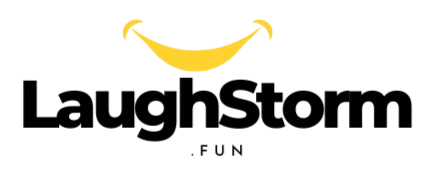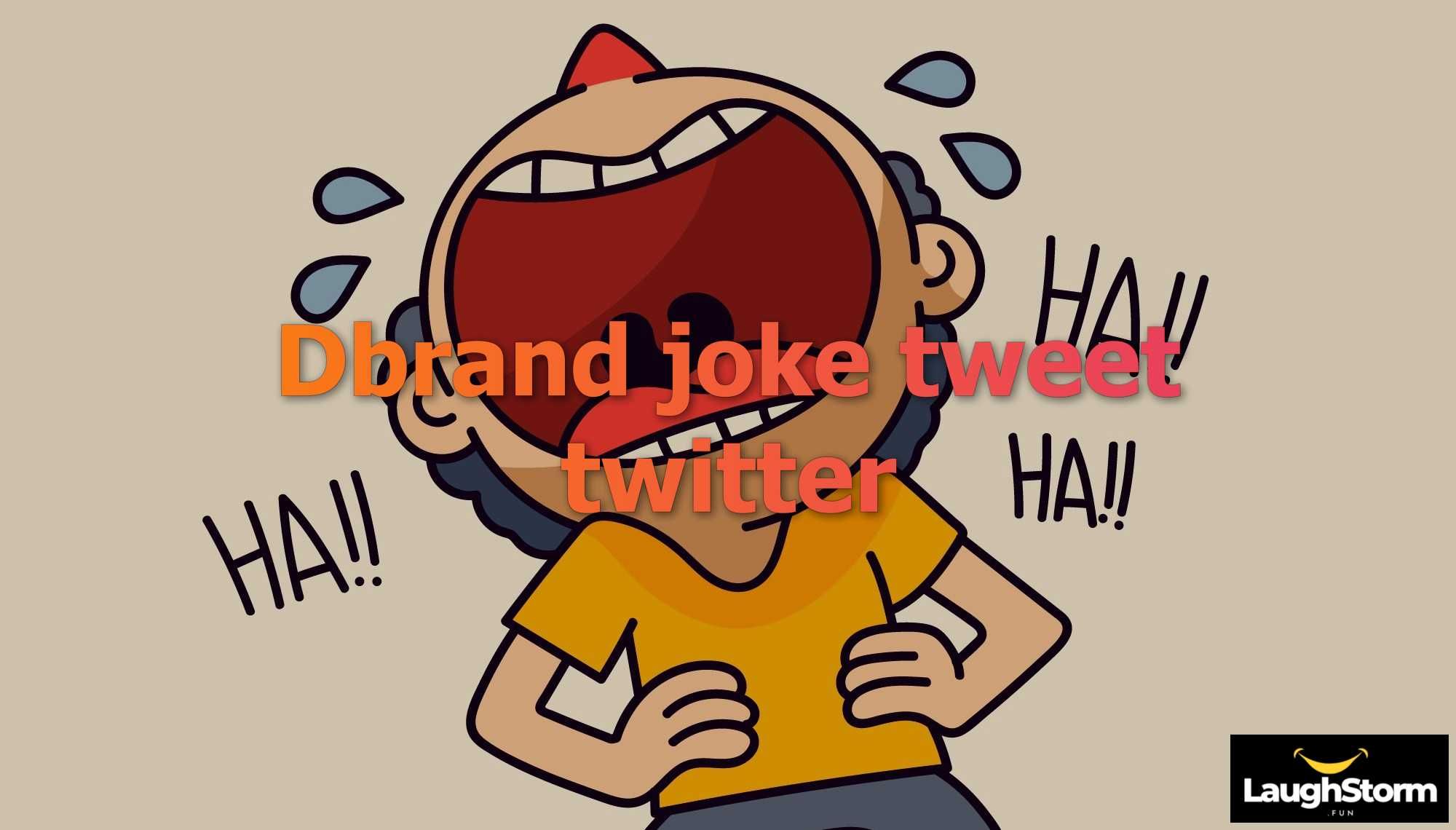In the intersection of modern technology and humor, few brands have excelled as brilliantly as Dbrand. Renowned for its high-quality skin products that allow customers to personalize their devices, Dbrand has also carved out a niche for itself in the realm of social media humor. The company’s adeptness at engaging with its audience through witty tweets has become a hallmark of its brand identity. Particularly noteworthy among these is their infamous Joker-themed joke tweet, which resonated with followers and ignited conversations about brand personality, humor in marketing, and community engagement.
The Dbrand Experience
Founded in 2011, Dbrand initially gained traction by providing customization options for smartphones, tablets, and gaming consoles. The brand’s commitment to quality and attention to detail have won over tech enthusiasts and casual users alike. However, what truly sets Dbrand apart in the crowded tech accessory market is its bold and often cheeky approach to communication, particularly on social media platforms like Twitter.
Dbrand’s use of humor as a communication tool gives the brand a unique voice. By integrating lighthearted jokes into their marketing strategy, they invite customers not only to make purchases but also to participate in an ongoing conversation. Their approach illustrates the power of humor in creating a memorable brand identity, fostering customer loyalty, and making the buying experience enjoyable.
The Joker Tweet That Sparked Laughter
One specific instance that exemplifies Dbrand’s humorous prowess is their tweet related to the iconic Joker character. Dbrand tweeted a clever play on words, referencing the much-anticipated portrayal of the Joker by Jared Leto. Their tweet became a social media hit, blending wit with a visual that played off cultural touchstones.
This tweet was part of a broader trend where brands leverage pop culture to connect with their audience. In an era where social media moves at lightning speed, the ability to engage humorously with current events can establish relatability and relevance. Dbrand seized this opportunity, and the results were instant engagement and a viral response from followers.
The Art of Brand Humor
Dbrand’s approach to humor isn’t just about making a clever joke—it’s a strategic aspect of their brand identity. Here, we explore the key elements that underpin their success:
-
Cultural Relevance: Dbrand keeps its finger on the pulse of cultural phenomena, ensuring their content resonates with current trends and consumer interests. By weaving cultural references into their jokes—like those related to superhero characters—they latch onto subjects that evoke shared experiences.
-
Timing: The timing of a joke can make or break its impact. Dbrand has showcased their adeptness in nailing the timing of their tweets, often delivering humor in a way that feels spontaneous yet perfectly curated for relevance.
-
Personality: The voice of a brand plays a vital role in audience perception. Dbrand’s persona projects confidence and a hint of irreverence, presenting themselves as relatable yet distinctively unique in the tech accessory landscape.
-
Community Engagement: By responding to replies and retweeting fan responses, Dbrand fosters community interaction. They’re not simply broadcasting jokes to their audience; they’re inviting them into the conversation, making customers feel valued and engaged.
-
Visual Creativity: Their ability to pair concise, relatable humor with sharp visuals adds an engaging dimension. A clever pun complemented by an eye-catching image can amplify the humor and make it memorable.
Crafting Humor: The Do’s and Don’ts
As we analyze Dbrand’s approach to humor on platforms like Twitter, aspiring marketers and brands can glean valuable insights on crafting effective comedic content. Here are some do’s and don’ts drawn from Dbrand’s successful strategies:
Do’s:
- Understand Your Audience: Etiquette in humor starts with knowing your audience; tailor your jokes to resonate with their interests and values.
- Be Authentic: Genuineness enhances relatability. Whether executing puns or clever commentary, ensure it aligns with your brand identity.
- Prompt Engagement: Pose questions, create polls, or invite fans to share their versions of a joke. This not only promotes interaction but also creates a sense of community.
- Test and Iterate: Don’t be afraid to experiment. Not every joke will land, and that’s part of the journey. Analyze what works and adapt accordingly.
- Leverage Memes: Utilizing memes can enhance relatability. They capitalize on shared digital culture, and when done right, can spread virally.
Don’ts:
- Avoid Offensive Humor: Stay clear of humor that may offend or alienate any segment of your audience. Sensitivity is key.
- Don’t Over-Extend: While persistence in humor can foster brand identity, relentless joking can grate on followers. Balance is necessary.
- Know When to Stop: Not every joke requires a follow-up. Recognizing when a joke has run its course can keep content fresh and engaging.
- Don’t Neglect Feedback: Pay attention to audience reactions. If certain types of humor don’t resonate, be agile in adjusting your approach.
Embracing Humor in Your Brand Strategy
Humor can be an incredibly effective tool for brands. It can humanize a company, making it more relatable while fostering a positive connection with audiences. But it’s essential to understand the nuances associated with using humor effectively. Here’s how companies can embrace humor in their marketing strategies:
-
Align with Core Values: Ensure that any humor used aligns with the brand’s core values and mission. This alignment instills confidence and authenticity in your messaging.
-
Develop a Distinctive Voice: Consider creating a unique voice that can find the balance between playfulness and professionalism, fostering strong brand recognition.
-
Create Shareable Content: Humor that resonates increases shareability. Use catchy one-liners, clever visuals, or funny videos to entice followers to spread the word.
-
Encourage Community Participation: Leverage user-generated content by encouraging your audience to share their funny experiences with your product or service, giving them an active role in the brand’s narrative.
-
Review and Revise: Monitor the effectiveness of your humorous elements through analytics and feedback; ensure that your brand humor evolves alongside changing audience preferences.
In Conclusion
Dbrand’s clever and humorous approach to engagement through social media serves as a benchmark for brands seeking to connect with their audience. The blend of cultural relevance, timing, personality, and community-building creates a digital ecosystem wherein customers feel they are part of the conversation. The Dbrand Joker tweet is not just a moment of humor; it’s a testament to their understanding of the digital landscape and the vital role of laughter within it.
As brands navigate the complexities of modern marketing, adopting a strategy that incorporates humor can pave the way for deeper connections with consumers, more vibrant brand identities, and, ultimately, increased loyalty. So, whether you’re a tech company like Dbrand, a local coffee shop, or a multinational corporation, remember: a good joke can go a long way, just like a well-fitted Jared Leto Joker costume at a comic convention!
A Few Quick Laughs to Keep You Smiling
As we wrap up this exploration of humor in branding, here’s a collection of original jokes inspired by the essence of lightheartedness and engagement:
- Why did the smartphone go to therapy? It couldn’t stop comparing itself to others!
- What do you call a lazy kangaroo? A pouch potato.
- Why don’t scientists trust atoms? Because they make up everything!
- How does a tech geek stay warm in the winter? They turn on their cache heater!
- What did one smartphone say to the other? “You crack me up!”
- I told my computer I needed a break, and it froze!
- Why did the scarecrow win an award? Because he was outstanding in his field!
- How do you organize a space party? You planet!
- Why did the coffee file a police report? It got mugged!
- What do you call a belt made of watches? A waist of time!
- What did the left eye say to the right eye? “Between you and me, something smells.”
- What do you call fake spaghetti? An impasta!
- Why was the computer cold? Because it left its Windows open!
- How do trees access the internet? They log in!
- What did the grape do when it got stepped on? Nothing, it just let out a little wine!
- Why was the math book sad? Because it had too many problems!
- What did the digital clock say to the grandfather clock? “Look, Grandpa, no hands!”
- Why don’t skeletons fight each other? They don’t have the guts!
- What do you get when you cross a snowman and a vampire? Frostbite!
- How did the barber win the race? He knew all the shortcuts!
- Why did the student eat his homework? Because the teacher said it was a piece of cake!
- How do you catch a squirrel? Climb a tree and act like a nut!
- Why did the bicycle fall over? Because it was two-tired!
- What’s orange and sounds like a parrot? A carrot!
- Why don’t eggs tell jokes? They’d crack each other up!
- What do you call a factory that makes good products? A satisfactory!
- How do bananas answer the phone? “Yellow?”
- What do you call a bear with no teeth? A gummy bear!
- What’s a computer’s favorite snack? Microchips!
- Why did the music teacher go to jail? Because she got caught with too many sharp notes!
Conclusion: A Call to Action
Creating engaging, humorous content isn’t merely a strategy; it’s a way to build communities and foster connections. Whether you’re a fan of Dbrand’s playful jabs or are looking for inspiration in crafting your own brand’s humor, embrace the power of laughter. If you’re interested in exploring how costume culture, like the Jared Leto Joker costume, can intersect with humor and branding, or if you enjoy some classic puns, check out these articles on Jared Leto Joker Costume and Best Dad Jokes.
Through humor, we can navigate the challenges of marketing while connecting on a deeper level with our audiences. Let’s keep the laughs coming!

